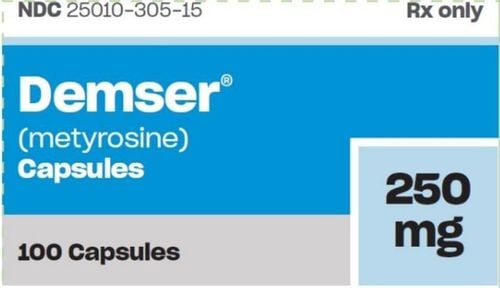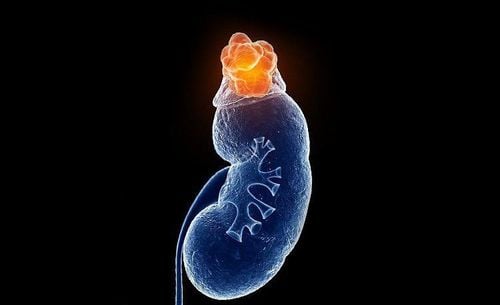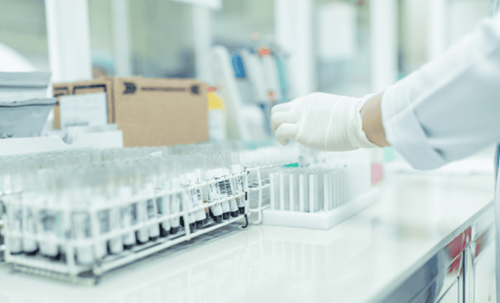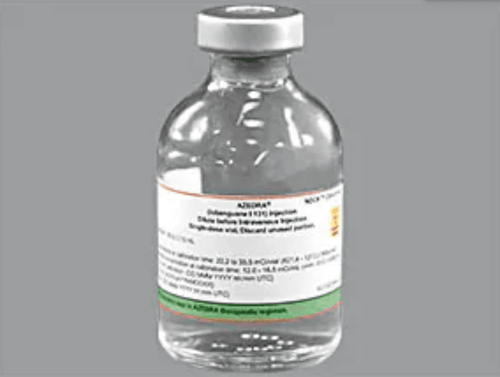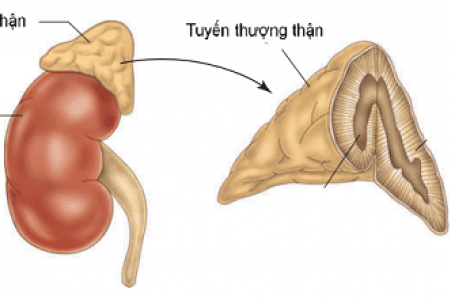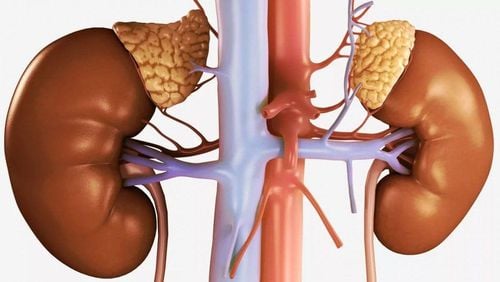This is an automatically translated article.
The adrenal medulla, in response to stress, secretes Noradrenalin, which acts as a central neurotransmitter. When there is a problem with the adrenal medulla, it can cause a number of diseases in the body, typically adrenal myeloma. The Noradrenalin test is a commonly used technique in the diagnosis of adrenal myeloma.
1. Overview of Noradrenalin
When the adrenal medullary glands respond to stress, they produce large amounts of catecholamines. In essence, Noradrenaline (Norepinephrine) is an organic substance belonging to the Catecholamine family. It is known to be a precursor to Epinephrine and is produced by the adrenal medulla. This organic substance acts as a central neurotransmitter, acting in the brain and body as a hormone.
Catecholamines in the body thanks to the catalysis of the enzymes monoamine oxidase (MAO) and catechol-O-methyltransferase (COMT) will degrade to metadrenalin and meta noradrenaline. They are eventually converted to vanillilmandelic acid (VMA) and excreted in the urine.
2. The role of Noradrenaline in the Catecholamines test kit
The set of Catecholamines includes substances that are Adrenaline (Epinephrine), Noradrenaline (Norepinephrine), Dopamine . Their main role is as transmitters of the sympathetic nervous system. Besides, they also participate in many physiological processes of the body such as:
Catecholamines and their metabolites will show the body's adaptation to acute and chronic stress; Besides Metanephrine and Normetanephrine, catecholamines play a very important role in the diagnosis and monitoring of tumors of the sympathetic system. When making the diagnosis of these tumors, urinary catecholamine quantification is preferred. In order to be able to make an accurate diagnosis of any disease, it is necessary to combine all the conditions including: clinical factors, symptoms that the patient has and test results. Therefore, the Noradrenalin test will play an important role in the diagnosis as well as monitoring the effectiveness of the treatment of adrenal myeloma.
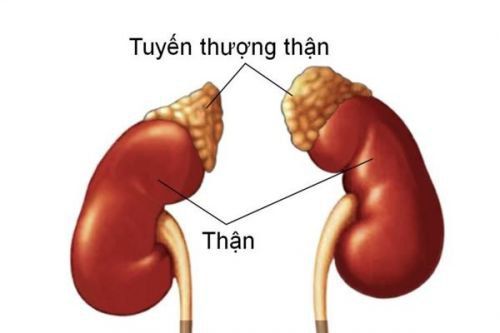
Noradrenaline trong bộ xét nghiệm Catecholamines có tác dụng chẩn đoán u tuyến thượng thận
3. When is the Noradrenaline test done?
In the following cases, depending on the medical condition, the doctor may order the Noradrenaline test:
Suspect the patient has a pheochromocytoma; In case high blood pressure patients do not respond to treatment; Detection of patients with adrenal tumors or indicated when there is a family history of pheochromocytoma; Noradrenaline test is also used to monitor the treatment of patients with pheochromocytoma; Patients present with persistent or recurrent hypertension with symptoms of headache, sweating, flushing, and tachycardia. SEE ALSO: Catecholamine-secreting adrenal myeloma
4. Noradrenaline test in patients with adrenal myeloma
4.1. Take samples for testing
Noradrenaline test will be performed on 2 types of specimens: blood and 24-hour urine.
For blood:
Use centrifuge tubes containing EDTA as anticoagulant (Vacuette TM or Monovette TM for plasma) to collect the examiner's blood, then centrifuge according to the manufacturer's instructions manufacturing. It is not recommended to use hemolysis and blood lipid samples for the test.
Storage: At 2 - 8°C, the specimen storage time can be up to 6 hours, if for a longer period (up to 6 months) the temperature should be at -20°C. Take care to avoid repeated freezing and thawing of patient samples.
For 24-hour urine:
Collect spontaneous urine or 24-hour urine in a bottle containing 10 - 15 ml of 6 M HCl. For 24-hour urine samples, the total volume of urine collected should be recorded. .
Storage: At 2 - 8°C specimen storage time can be up to 48 hours, up to 24 hours at room temperature, if for longer periods (up to 6 months) the temperature should be at level -20°C. Avoid direct sunlight exposure, avoid repeated freezing and thawing.
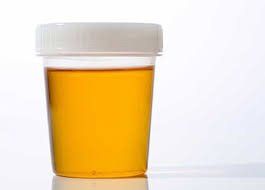
Lấy nước tiểu xét nghiệm Noradrenalin
4.2. Test method
To determine the amount of Noradrenaline (Norepinephrine) present in 24-hour plasma and urine, an enzyme immunoassay by ELISA method is indicated. To extract Noradrenaline (Norepinephrine), we use cis-diol specific affinity gel, acylation and enzyme conversion.
The competitive ELISA kit will use the microtiter plate format. The solid phase of the microtiter plate will be bound to the antigen. Anti-rabbit IgG-peroxidase conjugates using TMB substrates for the detection of antibodies bound to the solid phase. This reaction was monitored at 450 nm.
Quantification of unknown samples can be achieved by comparing their absorbance with a reference curve prepared at a known standard concentration.
5. What are the factors that affect the Noradrenaline test?
Below are factors that can affect Noradrenaline test results:
Plasma: Samples that contain fibrin or precipitate, or hemolysis or blood lipids can cause inaccurate test results. 24-hour urine: For urine samples, if the percentage of final acid concentration is too high, the accuracy of the test results may be lost. Adrenal myeloma is a fairly rare endocrine disease, the health status of the sufferer will be difficult to ensure if it is not detected early and treated appropriately. Therefore, anyone with symptoms of pheochromocytoma should be seen by a specialist and have related tests such as the Noradrenalin test.
Currently at Vinmec International General Hospital is one of the prestigious hospitals, performing diagnostic tests, treatment and monitoring for many diseases. All tests at Vinmec and examination are performed by specialized and experienced doctors. In addition, patients will experience world-class medical examination and treatment services with the most modern infrastructure system.
Please dial HOTLINE for more information or register for an appointment HERE. Download MyVinmec app to make appointments faster and to manage your bookings easily.




